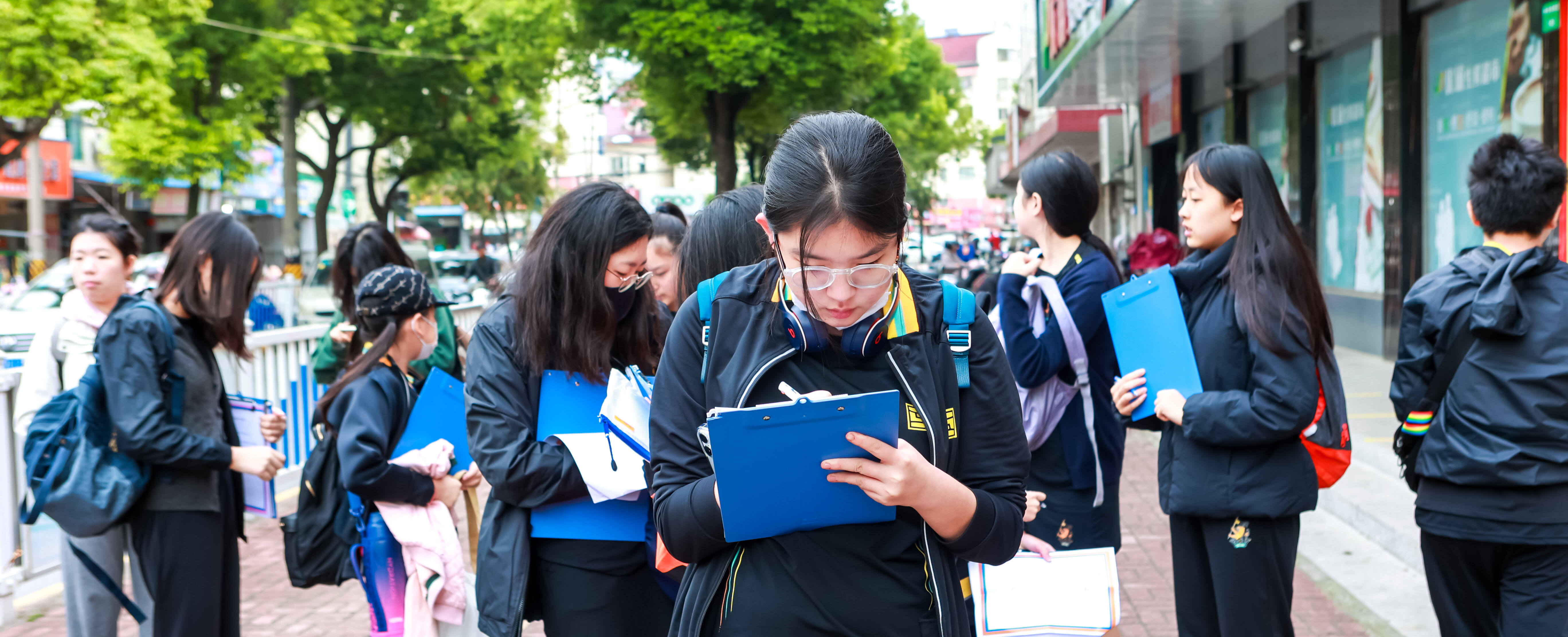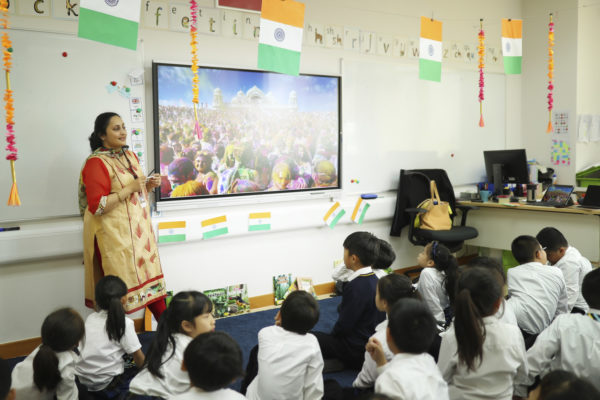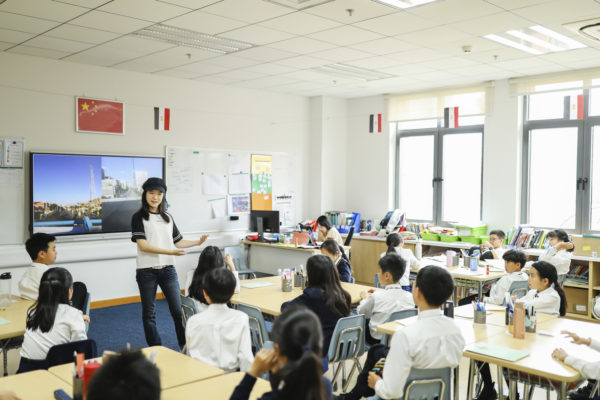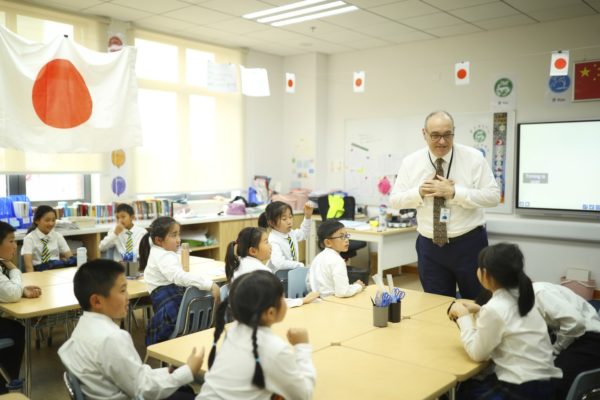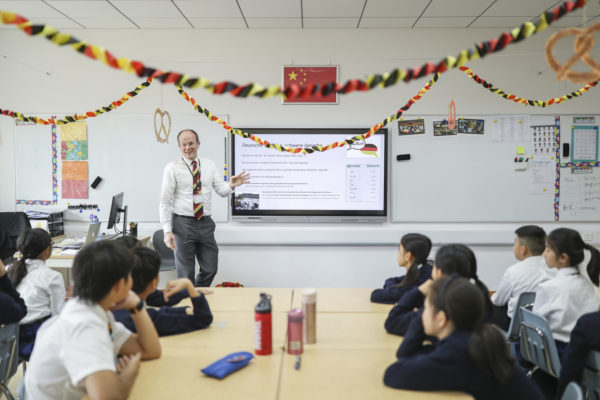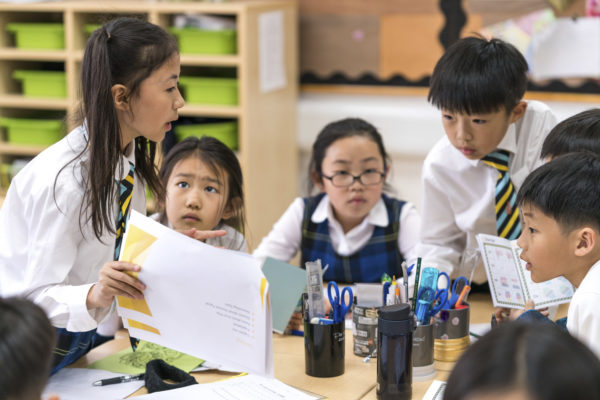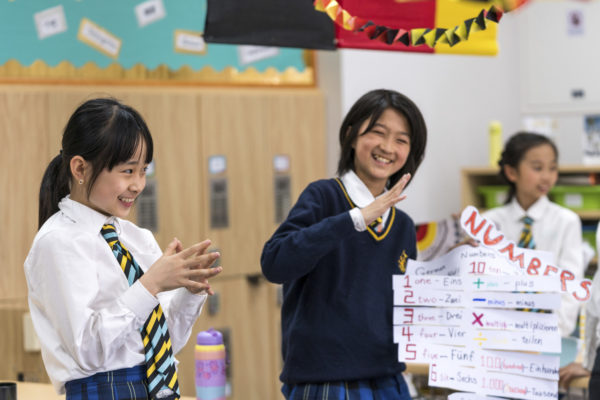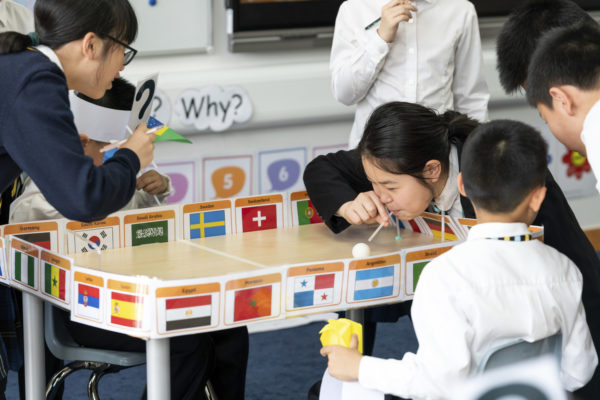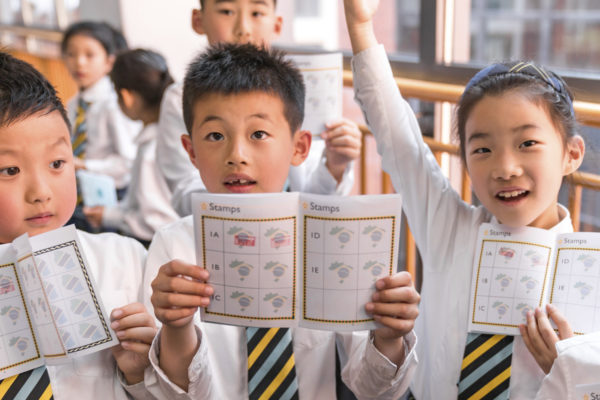"Every form of beauty has its uniqueness. Precious is to appreciate other forms of beauty with openness. If beauty represents itself with diversity and integrity, the world will be blessed with harmony and unity." This is how renowned sociologist Fei Xiaotong expounded his opinion on different cultures. At Hiba, we endeavour to instil a sense of national pride in our pupils and guide them to respect our own national culture. Meanwhile, we introduce other diverse cultures from all over the world to them, making them aware that cultural diversity allows us live in a world full of vigour and vitality. Culture week at Hiba opens such a window for pupils to get a glimpse into the wider world.
During our culture week, each grade chose one country to conduct an all-round survey on, covering the fields of geography, history, music, sports and arts. Alongside these investigations, we held plenty of activities designed to create opportunities for pupils to appreciate the differences in various forms of culture in our rapidly globalising world.
Monday: showing inclusivity in the dressing-up parade
On Monday morning, pupils donned the traditional costumes of the specific country that they chose for their investigation, kicking off the cultural week with a ceremonial parade. Early in the preparation process, we told pupils that their dress should show their respect for the country’s culture and to remember not to demonstrate any offensive behaviours. As such, we were delighted to see that all pupils were in awe of these traditional clothes while proactively learning the cultural meaning behind them, rather than viewing them merely as vehicles for entertainment or decoration.
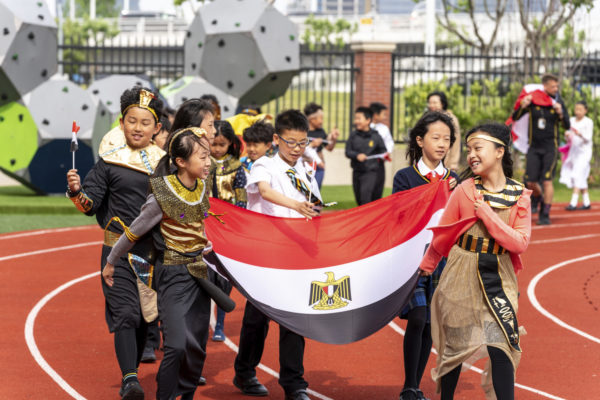
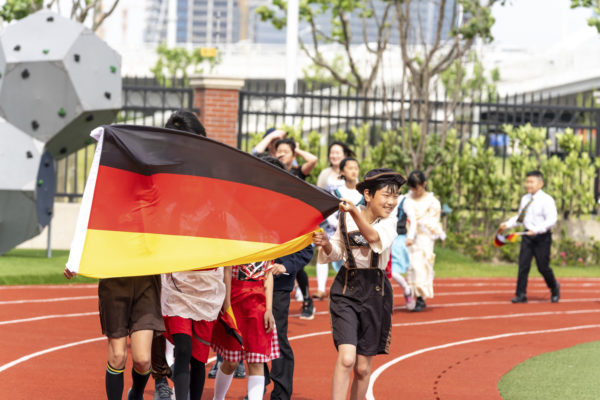
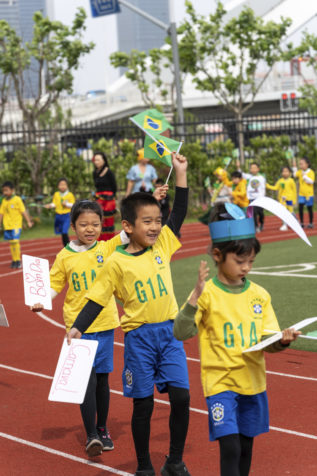
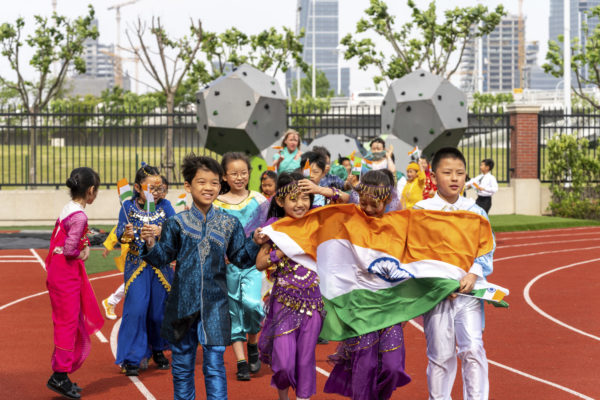
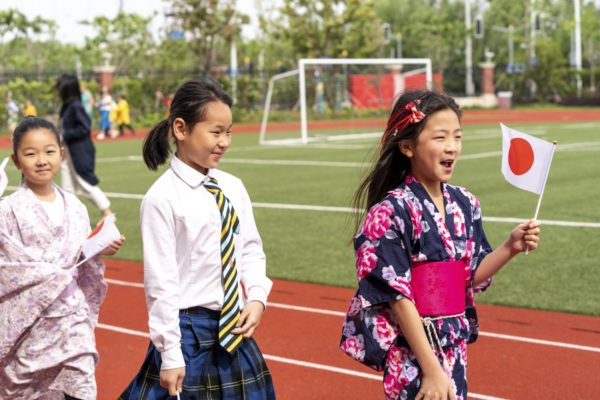
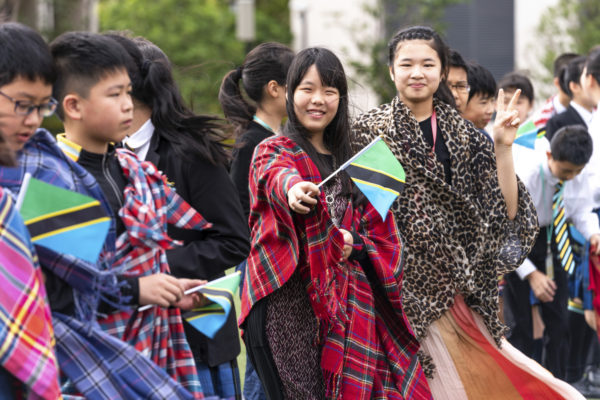
Tuesday: a more effective way of demonstrating learning outcomes
Some grade 6s demonstrated to pupils in the lower grades their knowledge of countries gained in social studies lessons. Although it was a retelling of what they had learned, they also faced new challenges, particularly when it comes to delivering lessons for pupils in grade 1 and grade 2. They needed to consider the topics and how to present them in an engaging and simple way. As the oldest class in the school, pupils in grade 6 are naturally responsible for becoming the role models for the lower grades. Thus, they took every effort to improve their PowerPoint documents and public speaking skills, to design interactive activities and to prepare clothes, props and presents, finally delivering an interesting and engaging presentation. Rather than purely relying on written tests, teachers at Hiba encourage pupils to demonstrate their learning through more diverse and creative mediums.
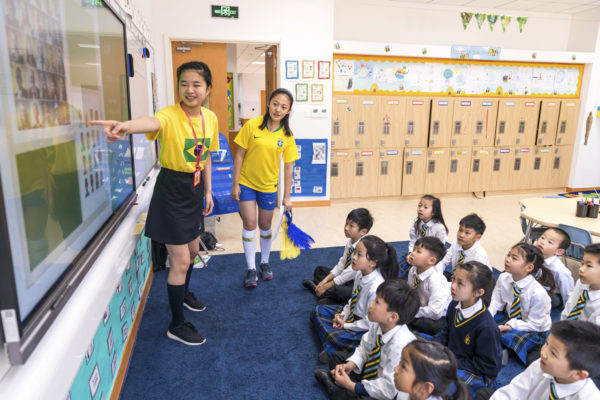
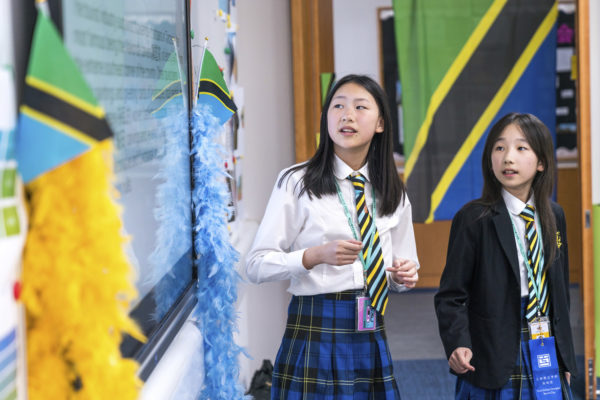
Wednesday: sharing and passing down our traditional cultures
Focusing on the countries that pupils learned about throughout the week, we invited guests from different backgrounds to share their stories.
What’s more, we held a lecture to introduce the knowledge of Peking Opera to pupils from grade 3 to grade 6. The lecture explored the four major roles in its performance, four means of artistic presentation, a set of movements, gestures and expressions and its distinct genres. Guests also invited audiences to try on costumes of the Huadan role. The strict sequence of wearing the clothes astonished pupils, who gained a deeper understanding of the Peking Opera art. Finally, under the guidance of our guests, all pupils practised the “Shanbang” movement while chanting the techniques that they utilised. Pupils rarely have the chance to enjoy a close observation of Peking Opera, so we hope that these kinds of activities can help build better relationships between the new generation and the bearers of traditional Chinese culture, encouraging them to the culture forward.
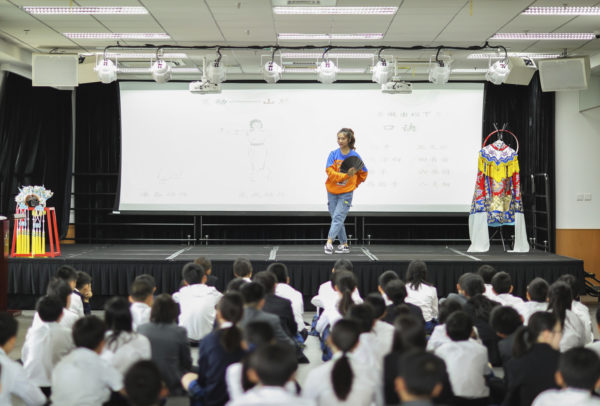
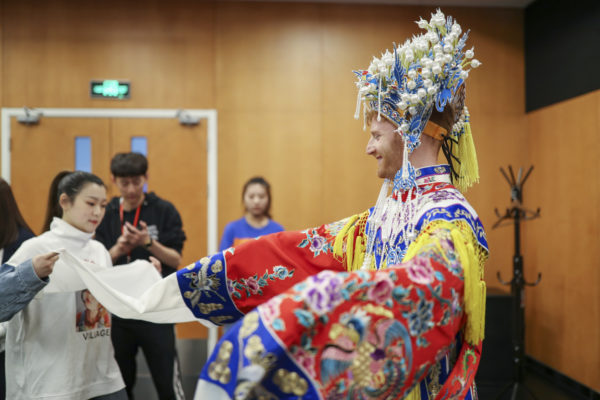
Thursday: culture fair — collecting stamps and acquiring knowledge
Pupils in the primary school and junior high, led by their teachers and house captains, began to decorate classrooms, collect materials, prepare posters and speeches a week before the event.
On Thursday afternoon, pupils carried out the ‘culture fair’ activity in their classrooms, immersing themselves in the highly creative and cultural atmosphere. Each class was divided into two groups, one staying in the classroom becoming representatives of a country to welcome visitors and another group taking their passports to tour other ‘countries’. During their visits, pupils could obtain a stamp once they answered a question about the country correctly. Those who got the most stamps within the specified time, won the competition.
By taking the advantage of culture week, we intended to teach pupils to appreciate Chinese heritage and culture while forming an international outlook, something which epitomises our practice of integrating the Hiba Identity into our curriculum. Moreover, we want to guide all our pupils to respect the world’s distinctly different cultures through this form of ‘multi-culture’ exploration, enabling them to become outstanding global citizens.
